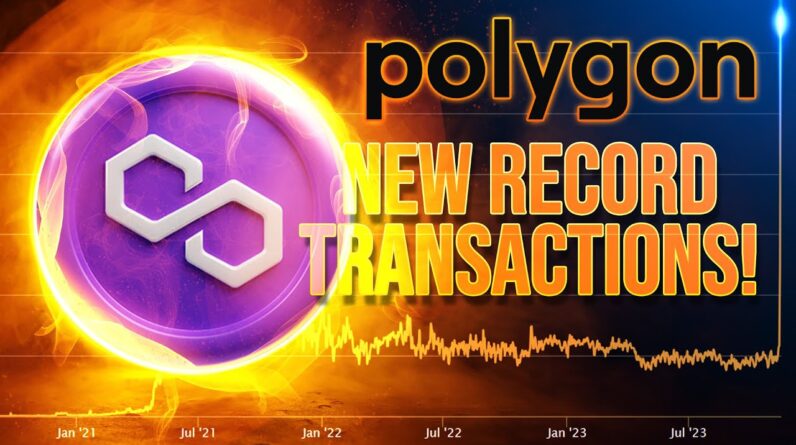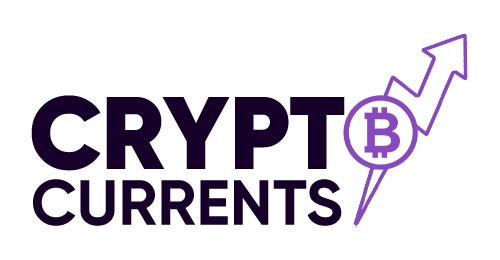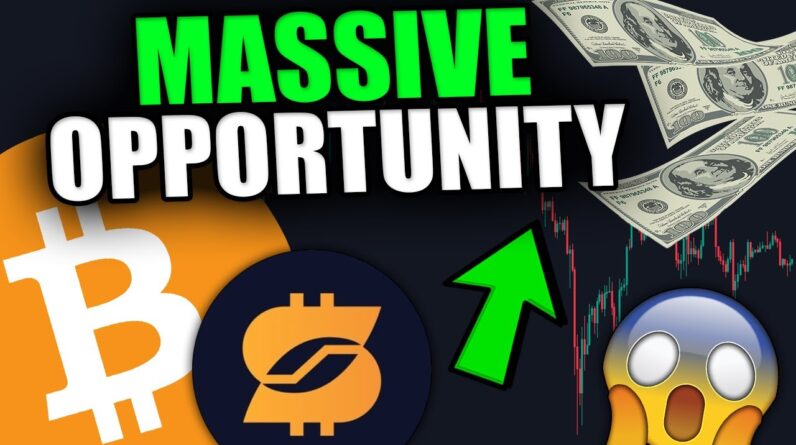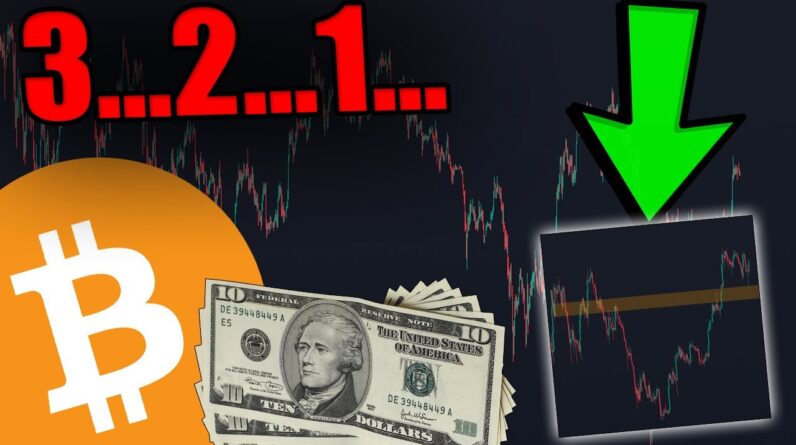
Polygon has witnessed an exceptional surge in transaction volumes, reaching an all-time high. This development has garnered significant attention from the crypto community, and rightly so. In this post, we will delve into the recent meteoric rise of Polygon’s transaction activity, providing a comprehensive update on the dynamic world of $MATIC.
Introduction
In a groundbreaking development for the cryptocurrency world, Polygon transactions have skyrocketed to a record high, bringing the platform into the limelight. This surge in activity is attributed to various factors, including the minting of tokens, the launch of new platforms, and adoption by major players in the industry. In this article, we will delve into the reasons behind this surge and discuss the implications for Polygon and the wider cryptocurrency ecosystem.
The Rise of Polygon Transactions
-
Polygon’s Layer-2 Solution and Gas Fees: Supporting Ethereum’s infrastructure, Polygon offers a Layer-2 solution that aims to address the scalability and high gas fees issues plaguing the Ethereum network. Gas fees on Polygon have experienced an astonishing surge, reaching a peak of $0.10, marking an exponential increase of over 1,000%.
-
POLS Token Minting and Ordinals Protocol: One of the primary drivers of the surge in activity on Polygon is the introduction of tokens known as POLS. Inspired by the Ordinals protocol, these tokens have gained traction and sparked a frenzy of transactions on the network.
-
Sandeep Nailwal’s Expression of Surprise: Polygon’s founder, Sandeep Nailwal, expressed surprise at the massive increase in network activity. The surge in transactions showcases the scalability and potential of Polygon’s Layer-2 solution, attracting attention from investors and enthusiasts alike.
-
ESPN Bet’s Impact: Following its launch, ESPN Bet, a popular online betting platform, experienced a significant increase in downloads, bringing awareness and visibility to Polygon. This spike in user activity contributed to the surge in transactions on the network.
-
OKEx Derivatives Exchange: The introduction of a derivatives exchange by OKEx on the Polygon network has further fueled its growth. This move has expanded the platform’s offerings and attracted more users, leading to an increase in transactions.
-
Amazon’s Integration: Amazon, a well-known global e-commerce giant, participated in the recent Singapore Fintech Festival (SFF). During the event, Amazon ran a pilot where customers could launch a wallet via a QR code, leveraging Polygon’s capabilities. This successful integration showcased the potential of Polygon to revolutionize digital transactions and e-commerce.
-
Grab’s Adoption: Grab, the leading super app in Southeast Asia with over 180 million users, has added a web3 wallet to its interface, making use of Polygon’s infrastructure. The integration of Polygon allows Grab users to leverage blockchain technology for financial transactions seamlessly.
-
XSGD Stablecoin: Grab also introduced XSGD, a stablecoin pegged to the Singapore dollar, running on both the Polygon and Zelica blockchains. The adoption of stablecoins and digital transactions on apps like Grab and Amazon may reduce the reliance on traditional banks, transforming the financial landscape.
Conclusion
The surge in Polygon transactions to a record high signifies a new milestone for the platform and the broader cryptocurrency ecosystem. Polygon’s Layer-2 solution proves to be a viable alternative to address the scalability and high gas fee issues faced by Ethereum. With partnerships and integrations with major players like ESPN Bet, OKEx, Amazon, and Grab, Polygon has gained significant traction and adoption.
As the demand for blockchain technology and digital transactions continues to grow, Polygon’s scalability and cost-efficiency make it a compelling choice for businesses and individuals alike. The surge in transactions indicates the increasing significance of Polygon in the cryptocurrency market, and its continued success brings hope for a more efficient and accessible future.
FAQs
-
What is the reason behind the surge in Polygon transactions?
- The surge can be attributed to various factors, including the minting of POLS tokens, the launch of new platforms, and partnerships with major companies like ESPN Bet, OKEx, Amazon, and Grab.
-
How does Polygon’s Layer-2 solution address Ethereum’s scalability issues?
- Polygon’s Layer-2 solution offers an alternative infrastructure that alleviates the scalability and high gas fee problems faced by Ethereum. By providing faster and more cost-effective transactions, Polygon enables a smoother user experience.
-
Why did Amazon integrate with Polygon at the Singapore Fintech Festival?
- Amazon integrated with Polygon at the Singapore Fintech Festival to showcase the potential of blockchain technology in digital transactions. Customers were able to launch a wallet via a QR code, utilizing Polygon’s capabilities for secure and efficient transactions.
-
How does Grab’s adoption of Polygon benefit its users?
- Grab’s integration with Polygon allows its users to leverage blockchain technology seamlessly, enabling faster and more secure financial transactions. Additionally, the introduction of the XSGD stablecoin by Grab on the Polygon and Zelica blockchains offers users a stable digital asset pegged to the Singapore dollar.
-
What does the surge in Polygon transactions mean for the future of digital transactions?
- The surge in Polygon transactions indicates a growing appetite for blockchain technology and digital transactions. It showcases the potential of platforms like Polygon to revolutionize the financial landscape, potentially reducing the need for traditional banks and offering individuals more control over their finances.


![THESE BITCOIN WHALES JUST FOOLED EVERYONE! [Exact strategy....]](https://www.cryptocurrents.net/wp-content/uploads/2024/08/these-bitcoin-whales-just-fooled-everyone-exact-strategy-WhgubJxMmeA-796x445.jpg)

![WARNING: EVERY BITCOIN BEAR WILL BE LEFT CRYING [Huge chart.....]](https://www.cryptocurrents.net/wp-content/uploads/2024/08/warning-every-bitcoin-bear-will-be-left-crying-huge-chart-jgadWvvgEJw-796x445.jpg)

